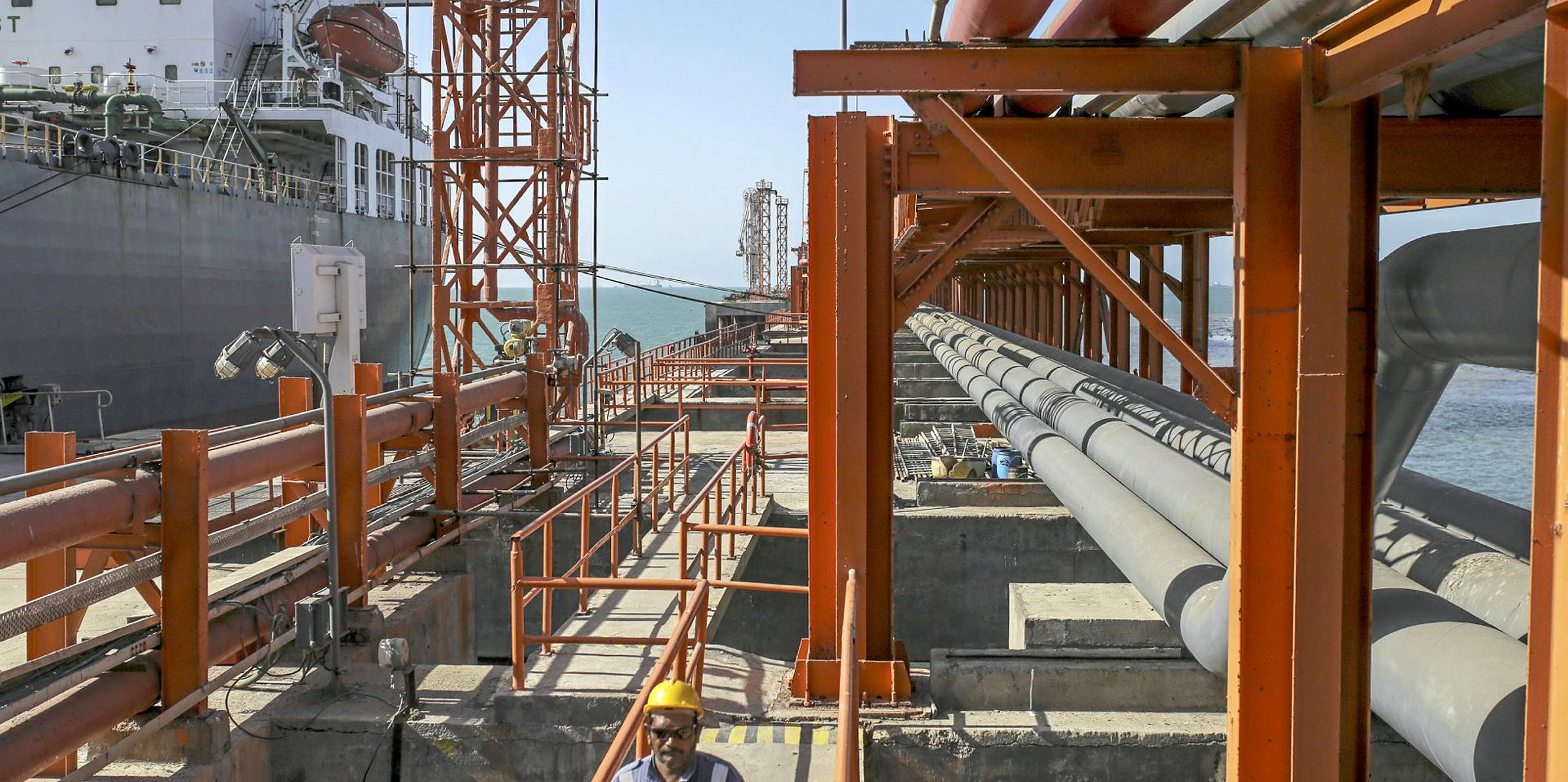Exports of Russian crude to Asia are said to have increased since the invasion of Ukraine, according to a top US shipbroker.
The export volumes loaded in Russia destined for Asia averaged 1.4m barrels per day (bpd) in the 10 days prior to February 24. Since then, volumes have increased to an average of 1.75m bpd, said Poten & Partners.
The US shipbroker said that although it is a small sample size, the change “could be indicative of future variations in trade flows”.
Russia’s oil exports to India have quadrupled this month in contrast to the weeks before the invasion, when no crude oil cargoes were shipped to India.
“Since then, four suezmax cargoes have loaded in the Black Sea port of Novorossiysk destined for India,” Poten said.
“Like China, India is a price-sensitive buyer, and it seems to be taking advantage of the opportunity to buy Russian crude at a discount.”
Alex Booth, head of research at commodities data and analytics firm Kpler, told the Financial Times over the weekend that already committed oil cargoes from Russia that cannot find buyers in Europe are “being bought by India”.
White House press secretary Jen Psaki recently warned that India would be on the wrong side of history if it brought Russian oil, even though the purchases would not violate US sanctions.
Poten said South Korea was also another interesting case study as they remain a regular importer of Russian crude despite joining the international economic sanctions against Russia.
South Korea is the main buyer of the crude oil from Sakhalin 1 taking about one aframax cargo every four-to-five days, the broker said.
On 2 March, US oil major ExxonMobil, the operator of the field, announced it would discontinue operations at Sakhalin 1.
“It is uncertain at this point what the impact will be on the Sakhalin exports and if South Korea will continue to buy the crude,” said Poten.
“A complicating factor may be that all Sakhalin exports are done by a dedicated fleet of Russian owned, ice-class aframaxes.”
Poten said the real extent of the change in Russian crude oil trade flows will not be known until April, when it expects that the effects of the sanctions will start to show.





